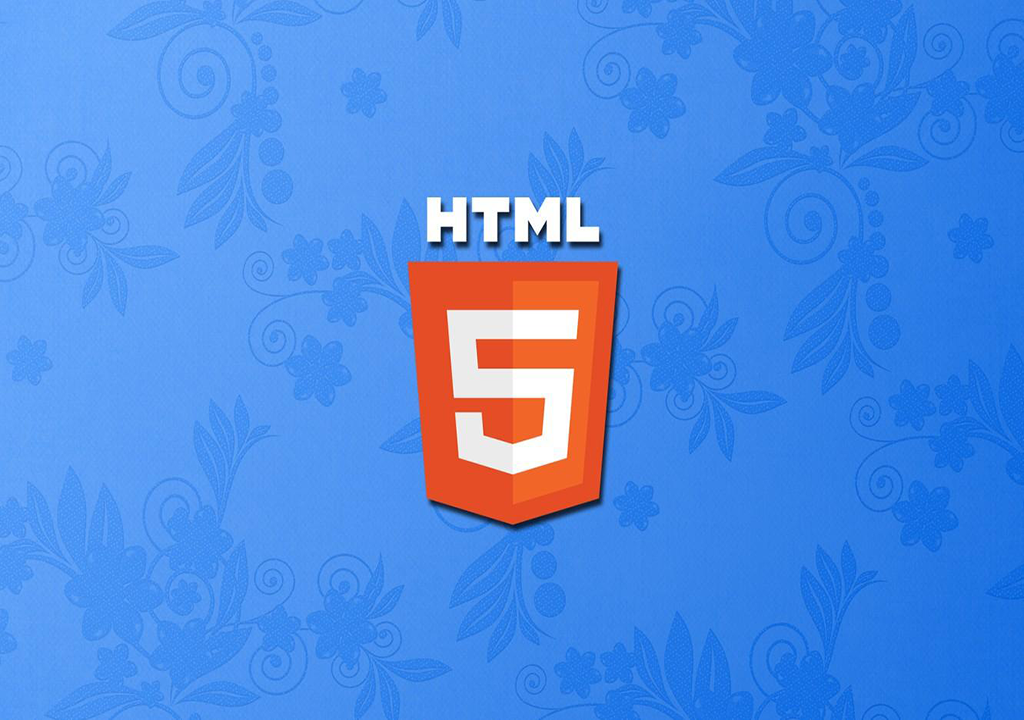Description
This course introduces students to the fundamentals of Hypertext Markup Language (HTML), which is the foundation of web development. Students will learn how to create structured and visually appealing web content using HTML. The course covers essential HTML tags, elements, and attributes, as well as best practices for creating well-structured and accessible web pages.
Prerequisites:
No prior programming experience is required, but basic computer literacy is recommended.
What is HTML?
Structure of an HTML document
Text editors and development tools
Headings and paragraphs
Line breaks and horizontal rules
Formatting text: bold, italic, underline
Creating ordered and unordered lists
Nesting lists
Adding hyperlinks to other web pages
Inserting images into web pages
Adding audio and video elements
Image formats and optimization
Building and structuring forms
Input types: text, number, email ,radio buttons, checkboxes etc.
Form submission and handling
Importance of semantic elements
Using headings for structure
Semantic tags: header, nav, article, section,main ,footer
Creating tables for tabular data
Table headers and data cells
Introduction to CSS for basic layout
Importance of web accessibility
ARIA roles and landmarks
Validating HTML code
Final project: Building a simple multi-page website
Online tutorials and documentation
HTML validator tools
Code editors: Visual Studio Code, Sublime Text
Course Objectives:
By the end of this course, students should be able to:
-
Understand the purpose and structure of HTML
-
Create simple web pages using HTML
-
Use common HTML tags and attributes effectively
-
Structure web content using headings, paragraphs, lists, and more
-
Incorporate hyperlinks and images into web pages
-
Understand the importance of semantic HTML for accessibility and SEO







